As part of your design options we offer several corner symbols and scrolls. Most of the scrool work is ornamental but some of the designs actually have a meaning attached to them.
Triquetra with Heart
This is a traditional Celtic Knot in which the traditional triquetra is opened to include a heart. This is an infinity knot in which the one line creates both the image of the Trinity and the message of God’s love. These knots that are popularly known as the eternity knot represents the union of two souls by interweaving two individual strands. They are commonly used in Celtic wedding rings which portray two unbroken loops that intertwine and are inseparable from each other. They also symbolize the never-ending cycle of life with their intricate and interwoven patterns that have no end or beginning. The crossings in a love knot often depict the spiritual meaning of life.
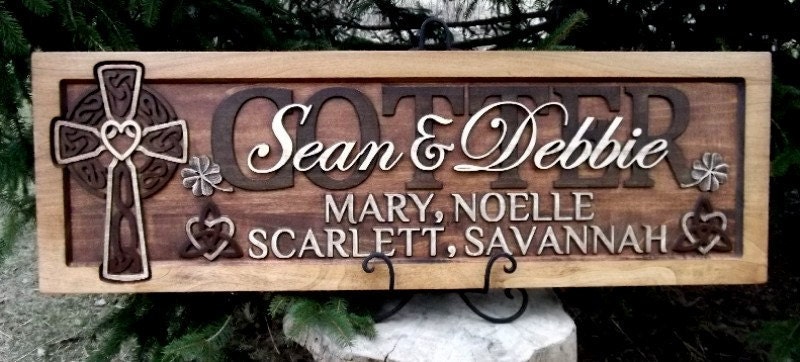
The Triskelion symbol
Made up of three conjoined spirals and rotational symmetry. While nature and the movement of life are thought of as one of the meanings of this symbol, it is thought by some to describe the past, present, and future. Highly regarded as a symbol of strength.
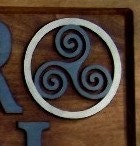
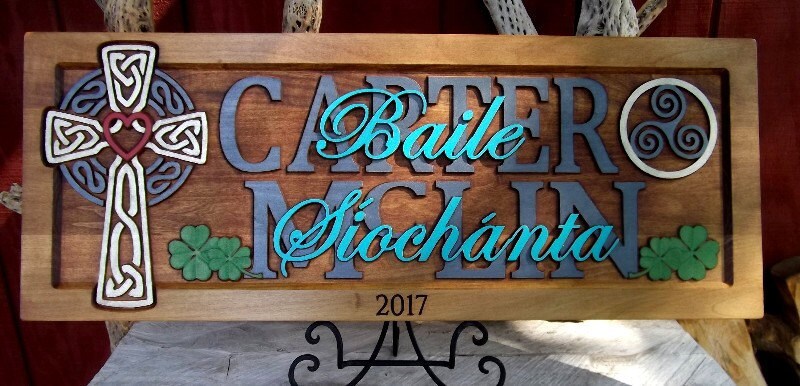
Intertwined Hearts
This symbol reflects the idea of two people forever in union. love is never ending, togetherness and complete unity.
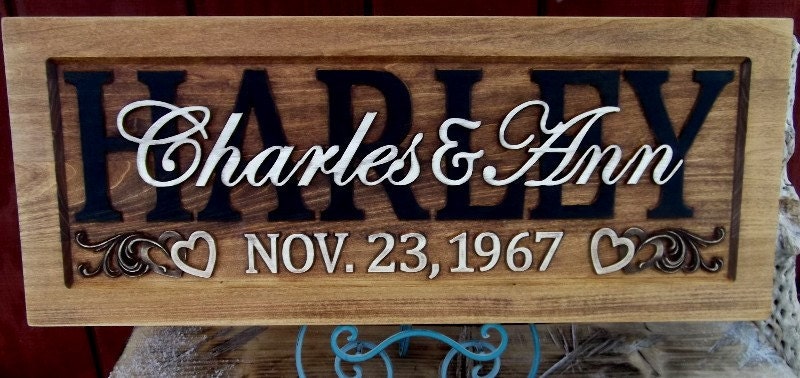
Four-leaf clover design
Some folk traditions assign a different attribute to each leaf of a clover. The first leaf represents hope, the second stands for faith, the third is for love and the fourth leaf brings luck to the finder.
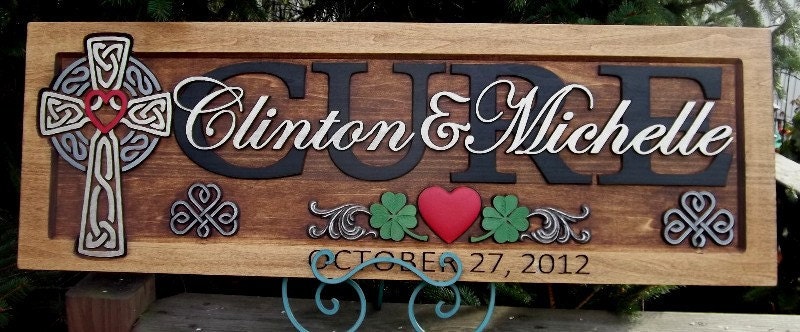
Fleur-de-lis
It is said to signify perfection, light, and life.
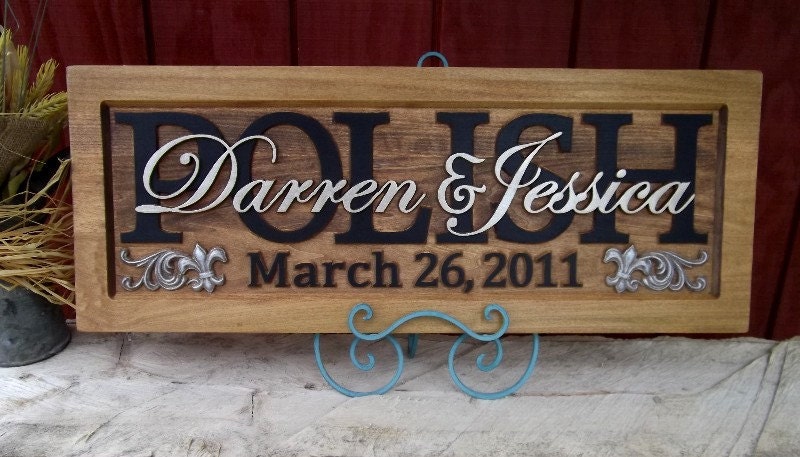
The adoption triad
A common term used to describe the three sides of an adoption: the birth family, the adoptive family and the adoptee. The triangle in the symbol represents those three sides. The heart intertwined represents the love involved in the relationship of adoption. We have had several requests for family plaques with the adoption triad incorporated into the design. Here is an example of what we have come up with.
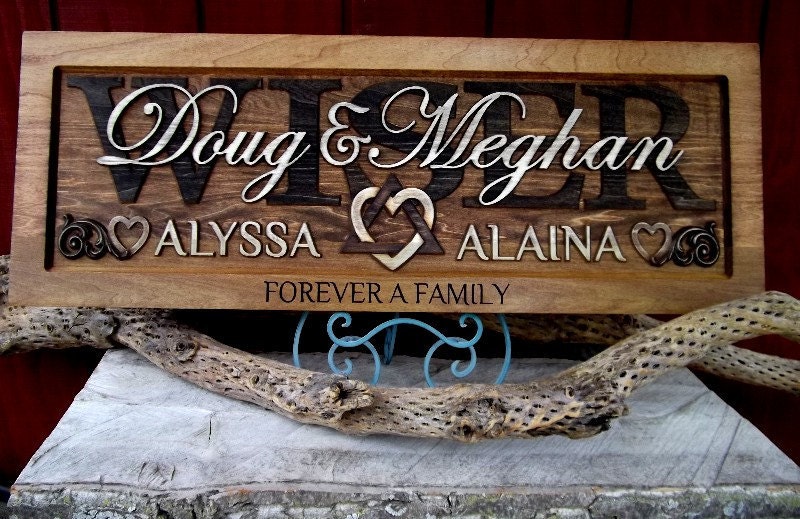
The Claddagh
is the most popular piece of traditional Irish jewelry. Its origins lie in the Galway fishing village of Claddagh in 17th century Ireland. The Claddagh became popular for the beauty and meaning of the design: the hands represent friendship, the heart love, and the crown loyalty.


